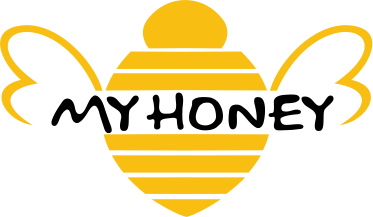
There are many species, some of them are small, some larger. Apis floera & Apis andreniformis are the small bee or dwarf honey (Giant honey bee are known as Apis dorsata). It is also called as dwarf honey. These honey bees origin are eastern tropical Africa and spread from there to Europe and eastwards into Asia. These stingers are too short to penetrate the mammal’s skin and that’s why mostly it is known as the stingless honey bee.
Apis floera & Apis andreniformis can produce around 350 grams to 1 kg honey in a year. Because of the less production of quantity, the prices are usually very high in the market. Apis floera (small bee) have small colonies compare to Apis Dorsata (giant bee). They have fewer numbers of defensive workers which makes them more venerable to the predators.
Honey that produces by Apis floera (small bee) has been mostly used in traditional medicine. That is why it has gained popularity and considered as superior in quality. Because of the presence of a higher amount of glucose oxidase (the enzyme responsible for its antibiotic activity) has scientifically proven its medical value.
Want to buy pure, natural and organic honey, visit my honey now.

5 comments
iqra
February 1, 2021 at 3:18 pm
is there any major difference between small and giganatic honey bees production ?
Bashir Khan
February 2, 2021 at 8:17 am
The major difference is taste, that’s it. There is no major benefits difference. Small bee honey is rare, that’s why it is expensive, but if you eat big bee honey, you will still get all health benefits.
Hamza
October 13, 2021 at 5:21 pm
How does the small bee honey tastes like? My friend send me pure honey of small bee but it tastes weird… not like normal honey we consume.
tehmashkhanmalik@gmail.com
October 29, 2021 at 3:07 am
Small bee honey peoples like it because of its hive, as it looks appealing, but its taste is bitter and not soft and mild.
Himalayan Chef
October 20, 2023 at 3:25 pm
Natural Honey energy boost is provided by the natural sugars found in wildflower honey, particularly fructose and glucose.